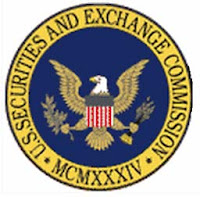5000th Tweet

Today I posted my 5000th Tweet . I've apparently been a Twitter user since 1 December 2008. I remember not Tweeting anything until 15 July 2009, when I attended a Webcast about "security monitoring." The speakers were using Twitter to gather questions, so I decided it was a good time to try participating. With the advent of Twitter I've blogged a lot less. It's tempting to think that I've been sacrificing long, thoughtful blog posts for short, mindless Tweets. It turns out that a decent portion of my blogging volume, especially in my early blogging years (say 2003-2006) involved short posts. I recently reviewed a lot of my earlier blog posts, and noticed many of them looked just like Tweets. They may not have fit within the 140 character limit, but they were short indeed. For me, Twitter is a very compelling medium. It's more interactive, more frequently updated, and just easier to use. I have only ever blogged from a laptop. I use Twitter a l...

